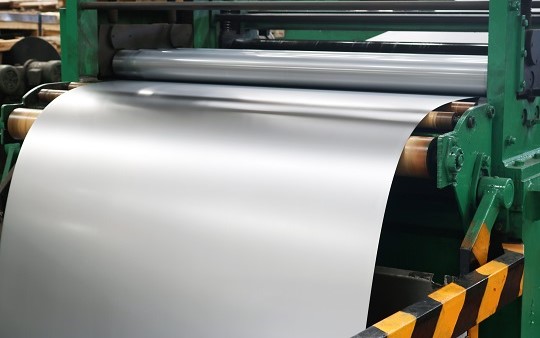
Cold Rolling | Water Removal on Pickling Line: Shorter Air Nozzles Reduce Damage Risk


Solutions or Products Featured
in This Case Study
A disinfection cabinet is a unit designed to sanitize, dry, and store washed tableware. It is widely used in facilities that require strict hygiene control—such as hospitals, schools, welfare institutions, and corporate cafeterias—to ensure safe and sanitary handling.

Among the disinfection methods available, the hot-air circulation system is the most common and reliable.
By forcing high-temperature air to circulate throughout the cabinet interior with an internal fan and heater, the system heats the interior evenly, enabling efficient drying and disinfection in one unit.
A manufacturer specializing in food service equipment was developing the next-generation disinfection cabinet, focusing on optimizing the hot-air circulation mechanism to achieve more uniform heat distribution.

Because the previous model used a single hot-air inlet, the airflow could be obstructed by how tableware was arranged, leaving shaded areas insufficiently heated. This led to incomplete drying, uneven disinfection, and temperature non-uniformity, compromising overall performance.
To address this issue, the manufacturer consulted IKEUCHI for a solution using air nozzles to improve hot-air circulation.
The solution proposed by IKEUCHI was the TF-BF42, an air nozzle that delivers a 42 mm-wide flat airflow pattern.
Installing multiple TF-BF42 nozzles across the interior top and both sides of the cabinet distributes hot air evenly throughout the cabinet, ensuring effective drying and disinfection regardless of tableware arrangement.
The TF-BF42 is available in two materials—plastic or aluminum. For this application, we selected the aluminum version (max operating temperature 150 °C, vs. 80 °C for plastic) to ensure reliable performance in high-temperature hot-air environments and reduce the risk of damage from accidental impact.
The proposal was incorporated into the design study for improving drying and disinfection performance, and the nozzles were installed on a prototype unit for testing.
Testing confirmed the targeted drying and disinfection performance, leading to the nozzles’ official adoption for the next-generation model.
As a result, the new disinfection cabinet was completed, achieving reduced workload and improved operational efficiency. IKEUCHI’s nozzles continue to contribute to maintaining high hygiene standards in the field today.